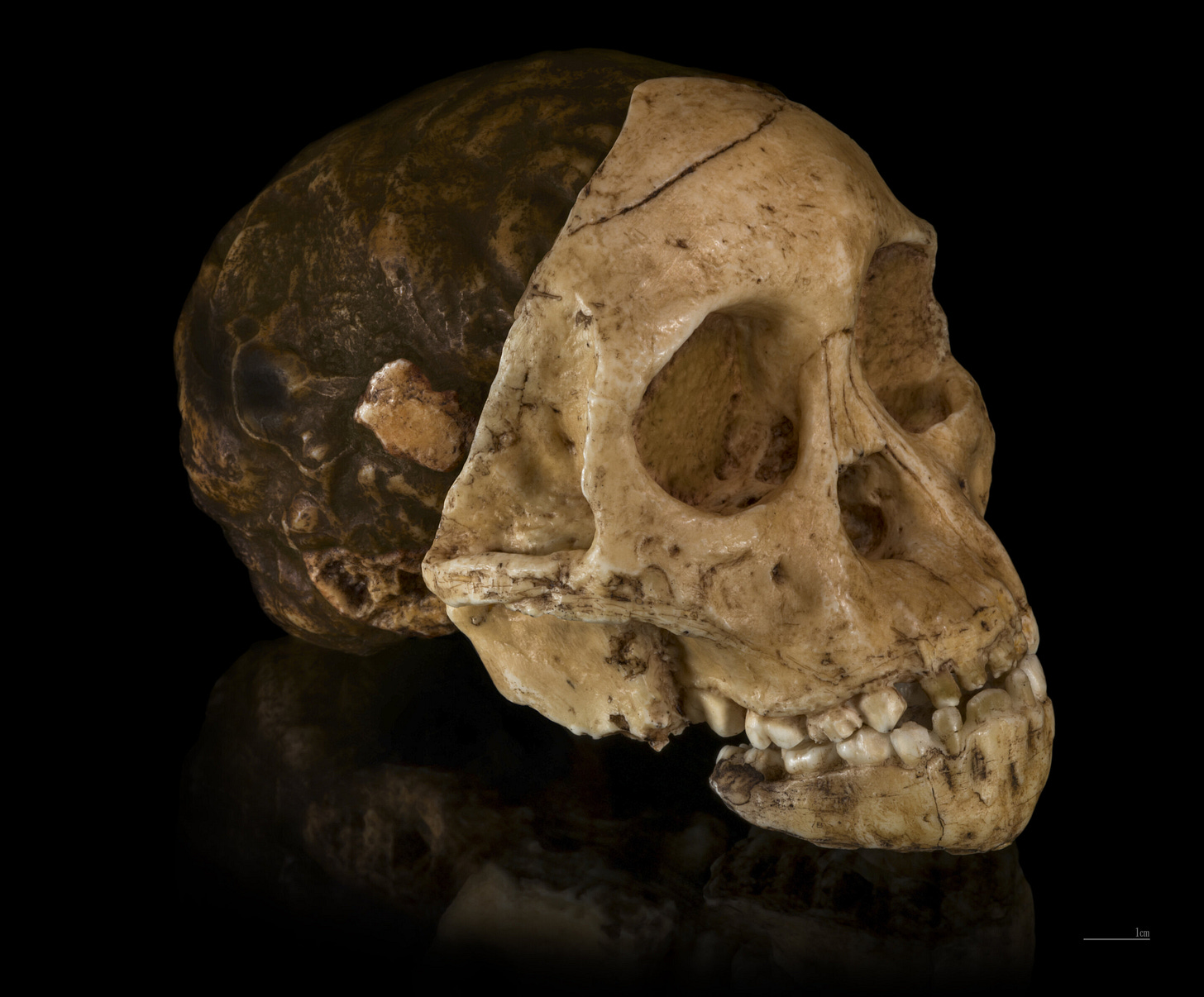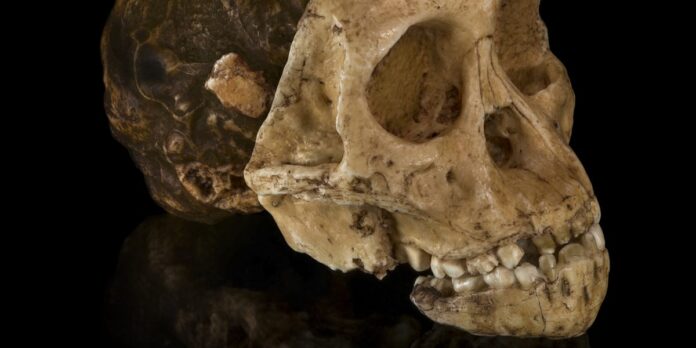In 1924, a small, fossilized skull was unearthed from a limestone quarry in South Africa. The skull belonged to a juvenile hominin—a species previously unknown to science. Raymond Dart, an ambitious anatomist, carefully extracted it from the matrix and, in a 1925 Nature paper, named it Australopithecus africanus, or “the southern ape of Africa”.

It was a discovery that should have rocked the world. But instead, it was dismissed. The scientific establishment, still enthralled by the Eurocentric idea that human origins were tied to Asia or Europe, was unwilling to accept an African cradle for humanity. Dart’s claims were largely ignored until subsequent discoveries—like Robert Broom’s Mrs. Ples and the Leakeys’ finds in East Africa—vindicated him.
The conventional narrative surrounding the Taung Child portrays Dart as a lone visionary battling against a rigid scientific community. But a new centennial special issue in the South African Journal of Science challenges this simplistic framing. The collection of articles, written by a diverse group of African and international scholars, urges us to rethink the legacy of this discovery. It explores not only the scientific impact of the fossil but also the colonial context in which it was found—and the systemic inequalities that continue to shape the field of paleoanthropology today.
Dart is often lionized as a hero of science, but his legacy is more complex. His work was shaped by the racial and colonial attitudes of his time, and his interpretation of human evolution was, at times, influenced by problematic ideas.
Scholar Jane Carruthers has argued that Dart’s early hypotheses about human ancestors depicted them as inherently violent, a view that later became known as the “killer ape” theory. This narrative fit within a colonialist framework that sought to emphasize the supposed savagery of early humans—particularly those with African origins. Today, paleoanthropologists recognize that cooperation and sociality were just as crucial to hominin survival as aggression.
The new centennial issue also sheds light on how the mythology surrounding Dart’s discovery has erased the contributions of local laborers. The fossil was not found by Dart himself but by black South African quarry workers whose names are largely absent from historical accounts. A decolonized retelling of this discovery must acknowledge their role in unearthing one of the most important fossils of the 20th century.
The Taung Child is not just a fossil—it is a symbol of the complicated history of paleoanthropology in Africa. The discipline has long been dominated by Western researchers conducting fieldwork on African soil, often with little collaboration or credit given to local scientists. This phenomenon, known as “helicopter science,” remains a persistent issue.
As one of the centennial issue’s authors notes,
“Too often, African paleoanthropological heritage is the domain of international teams, with little meaningful collaboration from local African researchers.”
This exclusionary model limits the ability of African scholars to lead research on their own fossil heritage.
Efforts are underway to change this. The Human Evolution Research Institute (HERI) at the University of Cape Town is working to increase the representation of African researchers in the field. More investment in local laboratories and training programs is essential. Without them, African fossils will continue to be studied primarily in European and North American institutions, reinforcing the legacy of colonial extraction.
The question of ownership is another pressing issue raised by the centennial reflections. The Taung Child itself remains in South Africa, housed at the University of the Witwatersrand. But many other African fossils—particularly those collected during the colonial period—reside in European museums. Some African scholars argue that these fossils should be repatriated, allowing them to be studied and displayed in their countries of origin.
Beyond physical ownership, there is also the question of scientific control. For example:
The dominance of Western institutions in paleoanthropology means that the voices of African scholars and communities are often marginalized. True decolonization of the field requires not just the return of fossils, but also the empowerment of local researchers to lead their own investigations.
The centennial of the Taung Child offers a moment of reflection—but also a call to action. The legacy of colonialism in paleoanthropology cannot be erased, but it can be acknowledged and addressed.
The next century of research must be different. It must be more inclusive, more collaborative, and more responsive to the needs of African scholars and communities. Fossil discoveries should not just serve the careers of Western academics—they should also benefit the people who live in the places where these ancient beings once walked.
As one of the centennial issue’s authors puts it:
“We cannot grow local research capacity without investment. African fossils are a national and continental heritage, and they must be studied by those with the greatest stake in their meaning.”
The Taung Child changed our understanding of human evolution. Now, a century later, it is time to change the way we do paleoanthropology.
For those interested in exploring these themes further, here are some key publications:
-
Cartmill, M. (1993). A View to a Death in the Morning: Hunting and Nature Through History. Harvard University Press.
-
Shipman, P. (2001). The Man Who Found the Missing Link: The Extraordinary Life of Eugene Dubois. Harvard University Press.
-
McNabb, J. (2012). Dart and the “killer ape” hypothesis: Origins, impact, and legacy. Current Anthropology, 53(S6), S000-S000. DOI: 10.1086/662201.

